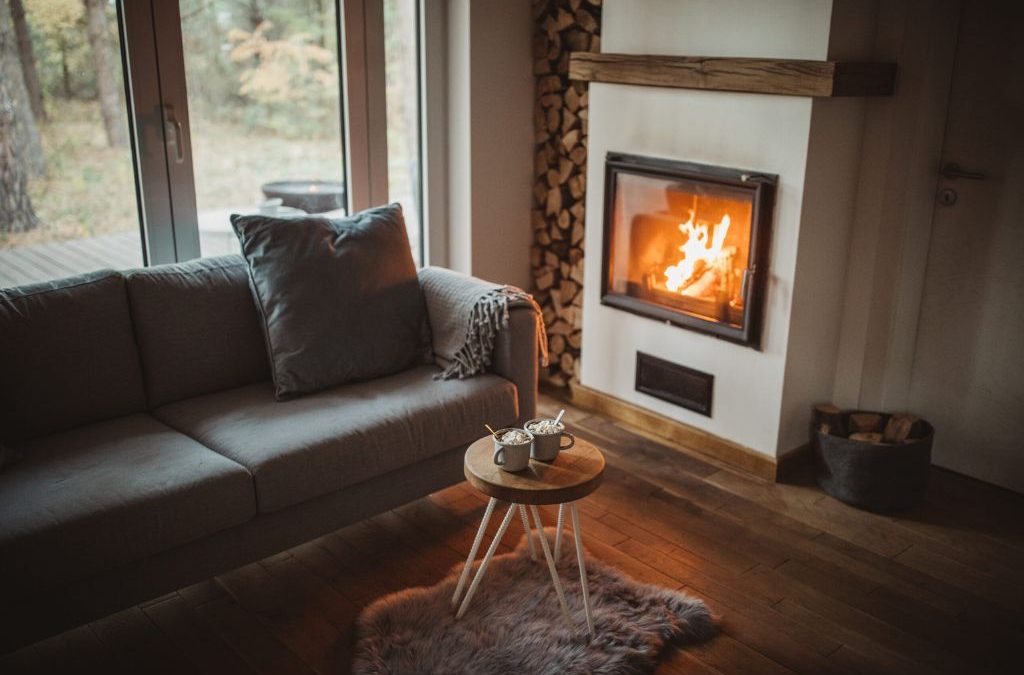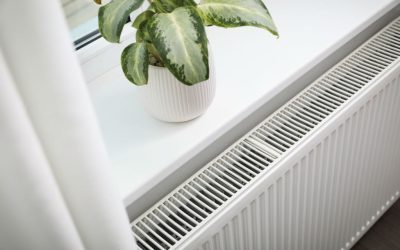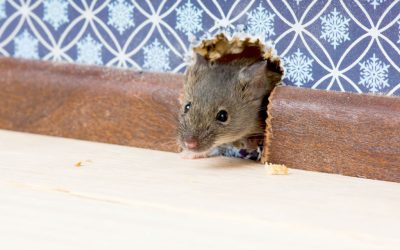Winter might not bring snow to every suburb in Australia. Yet it can still make you shiver, especially if your home isn’t best prepared for when the mercury dips into single digits.
Chilly mornings and biting winds are not much fun, especially in the Southern States. So, it is worth taking proactive measures before the start of the cooler months to avoid the abject misery that comes from walking on ice-cold floorboards first thing in the morning. Or, for that matter, being riddled with goosebumps while trying to relax.
If this is a thought that triggers a sense of foreboding, here are eight steps you can take to make your home warmer this Aussie winter.
1. Service or upgrade your heating system
If you have got a gas heater, ducted reverse-cycle air conditioning, or an electric panel, it is a good idea to check everything’s in working order before the start of winter.
Doing this should involve cleaning out vents and filters, testing thermostats, and booking a professional AC repair with Alliance Climate Control or another similar company if required.
Additionally, if your unit is more than 10 years old or struggling to heat your space efficiently, it is worth upgrading to an energy-efficient reverse cycle system. Doing this will provide you with better performance and lower running costs.
2. Seal drafts around windows and doors
While heating systems are your best friend in winter, often the smart thing to do is to stave off the cold from the source. A good way to do this is to seal the drafts around your windows and doors.
Unfortunately, it only takes a few small gaps to let winter winds sneak in and flood your home with cold air. For this reason, it is worth checking for the presence of drafts around windows, doors, and older frames and taking corrective measures if you find any. Don’t forget to examine garage doors, internal access points, and pet doors, as they are often overlooked!
If any areas are drafty, weatherstripping, door snakes, or silicone sealant can go a long way towards retaining warmth in your home.
3. Check roof Insulation and ceiling spaces
Insulation acts like a thermal blanket for your residence by making it warmer in winter and keeping the cold out. However, many older homes across Australia either lack proper insulation or have damaged material that’s lost its effectiveness.
Pop your head into your roof space (or get a professional to inspect it) to check the condition and coverage of your insulation. If you need to upgrade, then bulk insulation or batts with a higher R-value can make a big difference both in the colder and warmer months of the year.
4. Clear out gutters and downpipes
Blocked gutters and downpipes might not seem like a winter problem until, of course, the next big storm hits. Unfortunately, leaves, sticks, and debris can clog your system, which can cause overflow, water damage, and even mould to grow in roof cavities.
Taking the time to clear them out properly and make sure all your gutters and downpipes are securely attached. While you’re at it, check for any sagging or leaks that could lead to trouble in the event of prolonged heavy rain.
5. Protect outdoor pipes and garden taps
If you’re in a colder part of Australia, such as country parts of New South Wales, Tasmania, Canberra, or rural Victoria, exposed outdoor pipes and taps can freeze overnight. This can lead to burst fittings, leaks, and major damage to your plumbing system if you don’t take measures to safeguard them.
Simple insulation sleeves or foam covers will most likely do the trick. And if you don’t intend to use certain taps over winter, you might want to turn them off at the mains after draining any excess water.
6. Give your hot water system a once-over
Hot water is essential all year round, but especially in winter. However, it is often something we take for granted until it goes kaput.
It is a good idea to check your unit’s temperature setting (ideally it should be around 60°C), inspect for rust or leaks, and test pressure relief valves to see if it is performing well.
That said, if you’ve got an older electric or gas system, it may well be due for a service, especially if it is displaying these issues. Or need to be upgraded to a more energy-efficient model, such as a heat pump system that can significantly reduce running costs.
7. Reverse your ceiling fans
Did you know that most ceiling fans can spin both ways? In summer, they push air down to cool you. But in winter, switching them to reverse pulls cool air up and circulates warm air back down from the ceiling. This is especially helpful in rooms that have high ceilings.
Doing this usually involves just flicking or pressing a small button or switch (usually on the fan base or remote). But it can quickly lead to noticeable improvement in warmth.
8. Install heavy curtains or thermal blinds
Windows are one of the biggest culprits when it comes to heat loss. And even double-glazed windows benefit from added insulation in the form of thermal-lined curtains or roller blinds.
If you decide to install them, choose floor-length, heavyweight fabrics to trap warmth inside. While you can keep them open during the day (unless it’s biting cold!), close them as soon as the sun starts to set, to lock in daytime heat.
Stay cosy and prepared this winter
Preparing your home for the Aussie winter doesn’t need to be costly or complicated – it just takes a bit of foresight. By tackling these simple steps before the cold really sets in, you’ll not only keep your household warmer and more comfortable, but you’ll also reduce energy waste and potentially save on bills. From sealing up sneaky drafts to showing a little TLC to your hot water system, a few proactive measures can go a long way. So grab that to-do list and get started – your future winter self will thank you. If you need help from an electrician, plumber, roofer or other tradies, we can help you get a quote from the very best in your area today!






